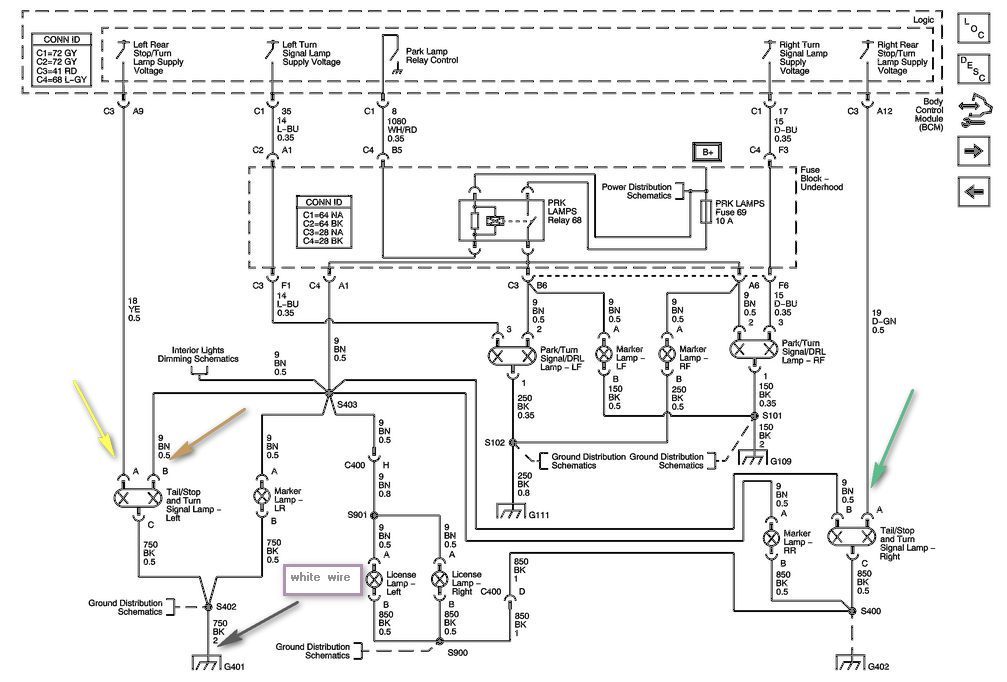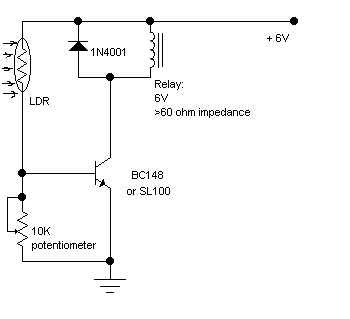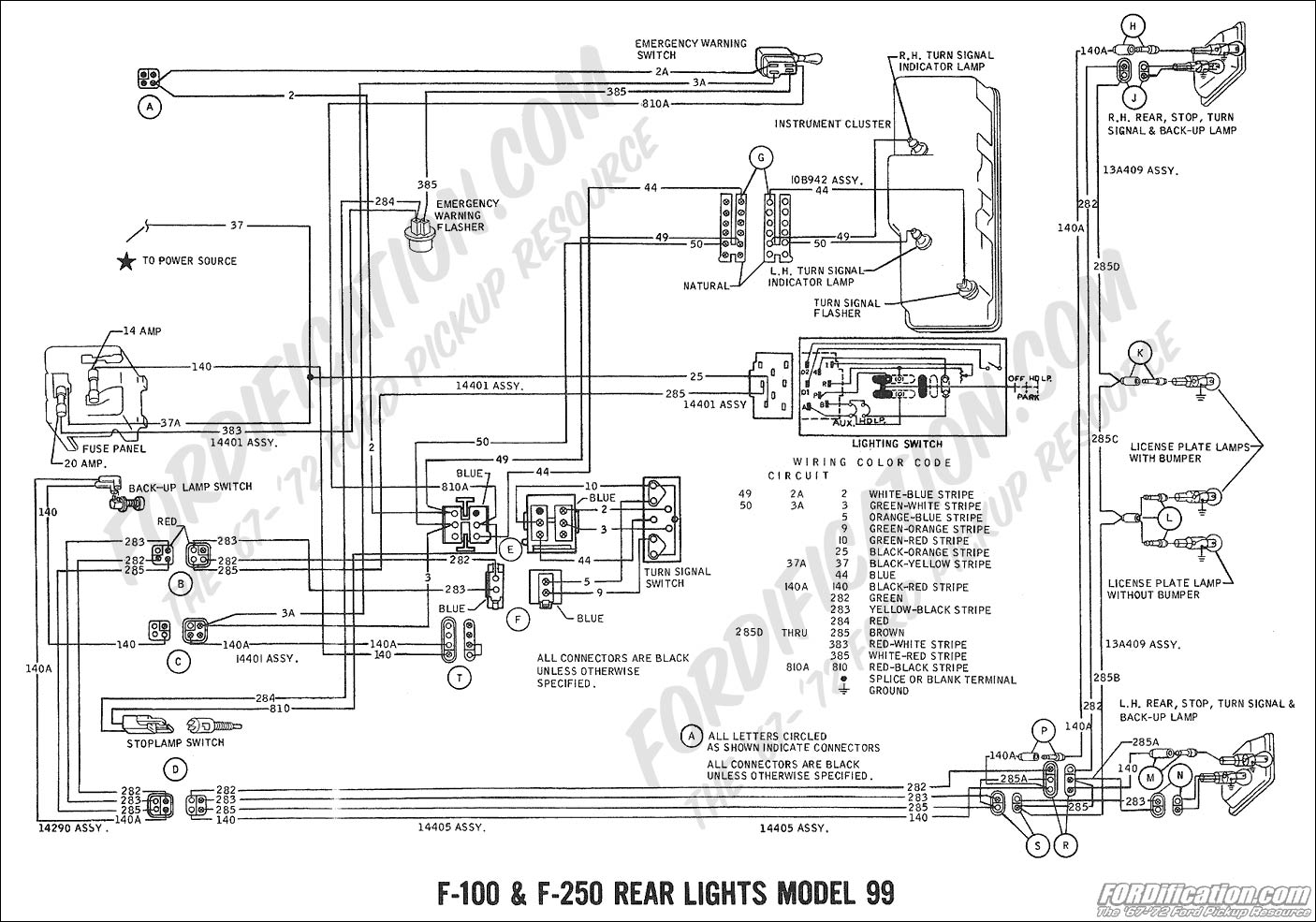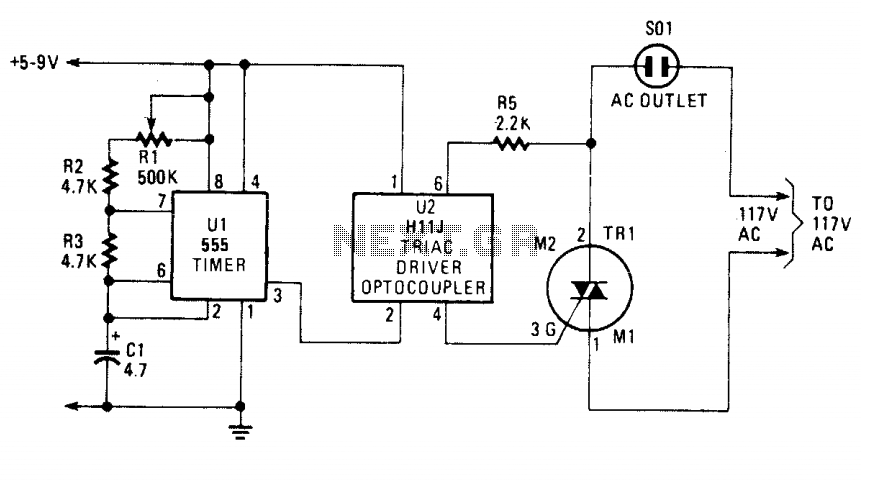
Courtesy Light Extender

This circuit functions as a courtesy light extender for automobiles, providing illumination for a duration of 15 to 20 seconds. It is triggered by the conventional method of opening a car door, while also sampling the...
This circuit is designed to enhance the convenience and safety of vehicle entry and exit by extending the duration of interior lighting. The core functionality revolves around a timing mechanism that is activated when a car door is opened. Upon activation, the circuit initiates a light-emitting diode (LED) or incandescent bulb that remains illuminated for a preset interval, typically ranging from 15 to 20 seconds.
The circuit utilizes a microcontroller or a simple timer IC, such as the NE555, to achieve the desired timing function. The door switch, which is normally closed, opens when the door is unlatched, sending a signal to the timer circuit. The timer then begins its countdown, during which it powers the courtesy light.
Additionally, the circuit may incorporate a sampling feature that monitors the ambient light conditions. This feature ensures that the courtesy light only activates in low-light situations, thereby conserving battery life during daylight hours. A light-dependent resistor (LDR) can be employed to detect the ambient light level, providing feedback to the microcontroller or timer IC.
To ensure user safety and prevent the battery from draining, the circuit may include a relay or a MOSFET to handle the load of the courtesy light, allowing it to switch on and off without directly passing through the timer circuit. Furthermore, a capacitor may be included to provide a brief delay in the light extinguishing process, allowing for a smoother transition.
In summary, this courtesy light extender circuit combines a timing mechanism with ambient light sensing to provide a practical solution for enhanced vehicle illumination, ensuring that the interior of the car remains well-lit for a sufficient period after the door is opened.In essence, this circuit is a 15 to 20-second courtesy light extender for cars. It is activated in the usual way by opening a door but it also samples the.. 🔗 External reference
This circuit is designed to enhance the convenience and safety of vehicle entry and exit by extending the duration of interior lighting. The core functionality revolves around a timing mechanism that is activated when a car door is opened. Upon activation, the circuit initiates a light-emitting diode (LED) or incandescent bulb that remains illuminated for a preset interval, typically ranging from 15 to 20 seconds.
The circuit utilizes a microcontroller or a simple timer IC, such as the NE555, to achieve the desired timing function. The door switch, which is normally closed, opens when the door is unlatched, sending a signal to the timer circuit. The timer then begins its countdown, during which it powers the courtesy light.
Additionally, the circuit may incorporate a sampling feature that monitors the ambient light conditions. This feature ensures that the courtesy light only activates in low-light situations, thereby conserving battery life during daylight hours. A light-dependent resistor (LDR) can be employed to detect the ambient light level, providing feedback to the microcontroller or timer IC.
To ensure user safety and prevent the battery from draining, the circuit may include a relay or a MOSFET to handle the load of the courtesy light, allowing it to switch on and off without directly passing through the timer circuit. Furthermore, a capacitor may be included to provide a brief delay in the light extinguishing process, allowing for a smoother transition.
In summary, this courtesy light extender circuit combines a timing mechanism with ambient light sensing to provide a practical solution for enhanced vehicle illumination, ensuring that the interior of the car remains well-lit for a sufficient period after the door is opened.In essence, this circuit is a 15 to 20-second courtesy light extender for cars. It is activated in the usual way by opening a door but it also samples the.. 🔗 External reference





